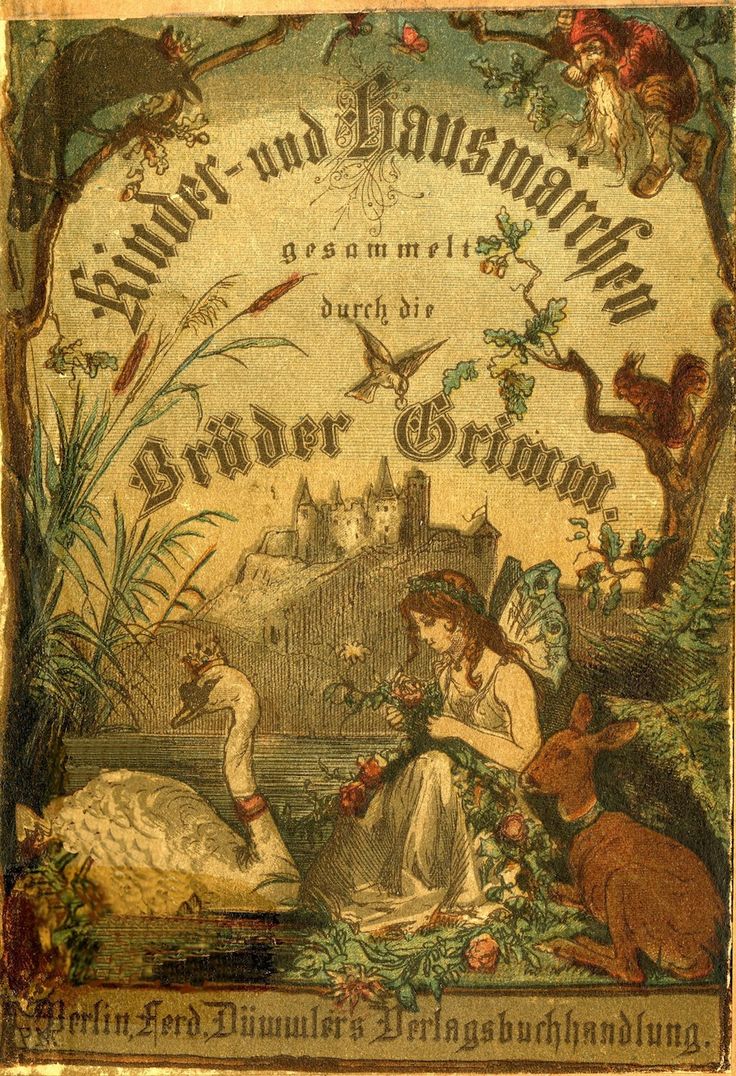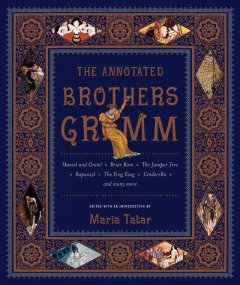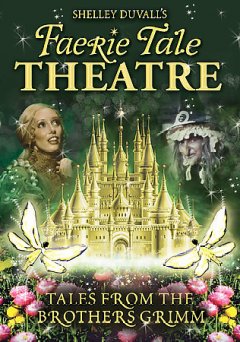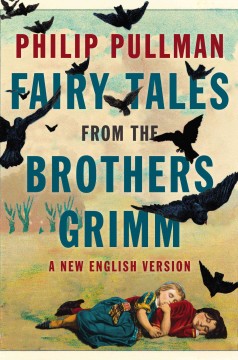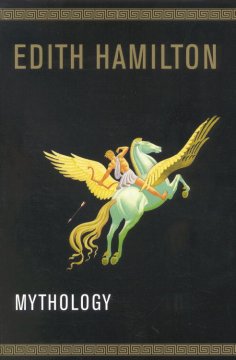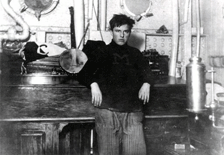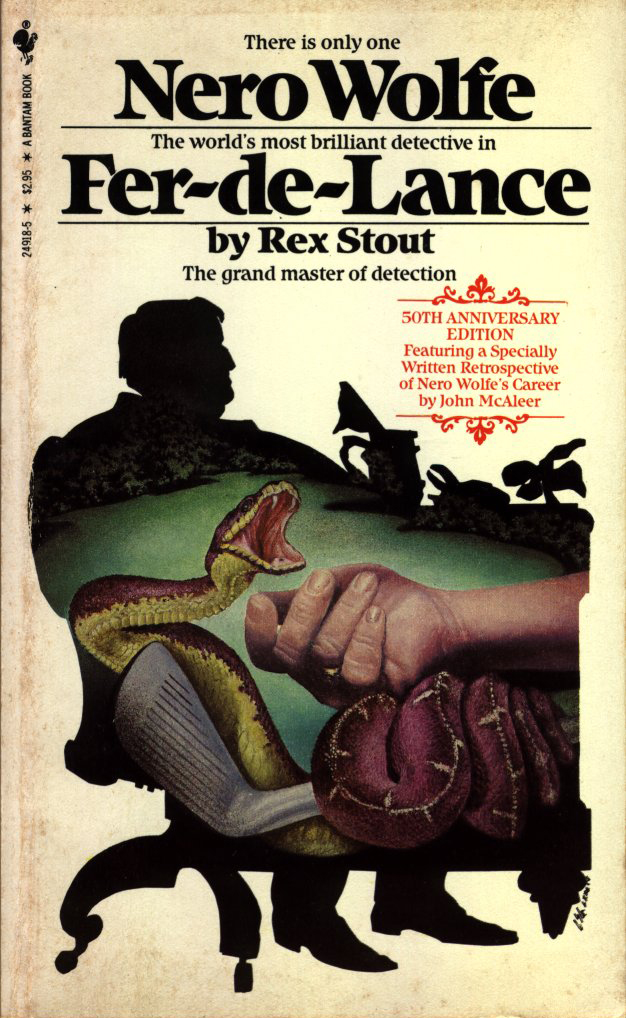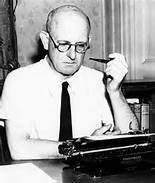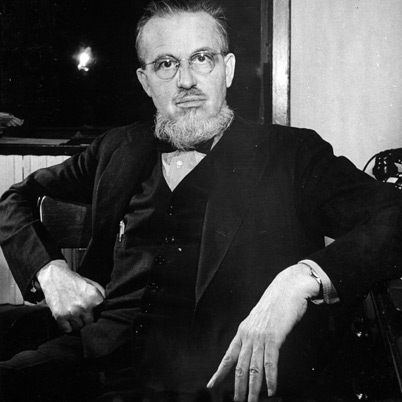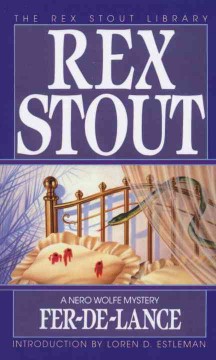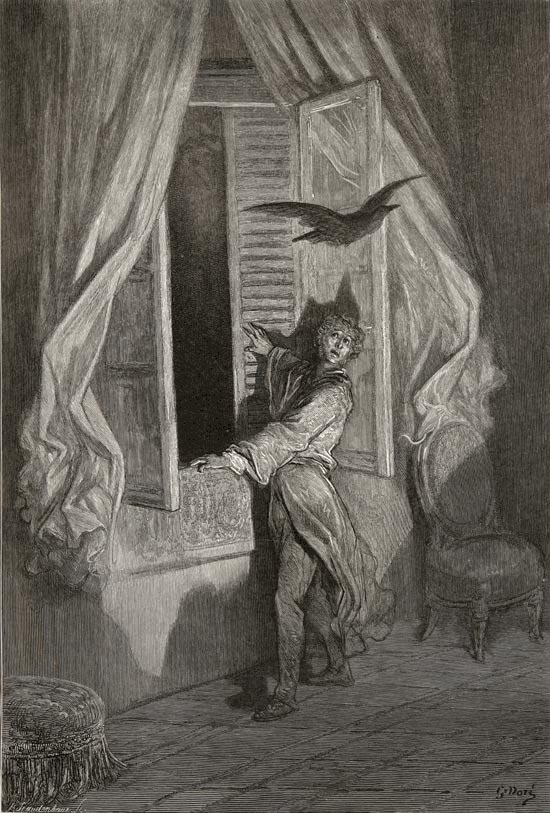
It’s not too difficult to realize that we at The Free For All are a big fan of celebrating–we celebrate author birthdays, musician’s birthdays, book birthdays, and the act of reading in general–because life is too short not to enjoy it (and enjoy it with cake!). This week has been a particularly rich one for celebrations, not in the least because tomorrow is the 171st anniversary of the publication of Edgar Allan Poe‘s immortal poem, The Raven.
You’d be hard pressed to find someone who doesn’t remember some part of The Raven, or who isn’t overcome with an overwhelming urge to yell “Nevermore!” when someone mentions the famous poem. But how many people know the inspiration for the poem?
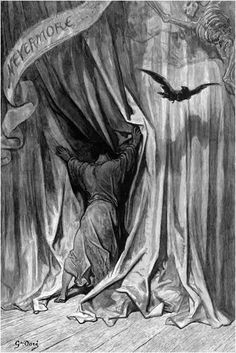 As we mentioned last week, Poe earned his daily bread and butter as a literary editor and book reviewer, generally panning books and genuinely annoying authors around the country. But there were a few writers who earned his seal of approval, and one of those lucky few was Charles Dickens, whom Poe championed very early on in his career, saying “Charles Dickens is no ordinary man, and his writings must unquestionably live.” The respect between the two men, it would appear, was mutual, and when Dickens arrived in the US on a speaking tour in 1842, we wrote to Poe, eager to make his acquaintance in person. As these letters, held by the Poe Museum in Richmond, Virginia, attest, Dickens was also trying to help launch Poe’s career in England, though without a great deal of success.
As we mentioned last week, Poe earned his daily bread and butter as a literary editor and book reviewer, generally panning books and genuinely annoying authors around the country. But there were a few writers who earned his seal of approval, and one of those lucky few was Charles Dickens, whom Poe championed very early on in his career, saying “Charles Dickens is no ordinary man, and his writings must unquestionably live.” The respect between the two men, it would appear, was mutual, and when Dickens arrived in the US on a speaking tour in 1842, we wrote to Poe, eager to make his acquaintance in person. As these letters, held by the Poe Museum in Richmond, Virginia, attest, Dickens was also trying to help launch Poe’s career in England, though without a great deal of success.
Something else came of the meeting of these impressive minds, however, that would have a colossal effect on Poe’s career. He got to talk with Dickens about Dickens’ beloved pet…a raven, named Grip.
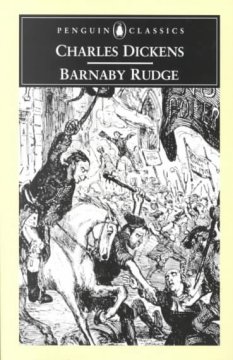 Dickens adored Grip, though he may have been among the only people who did. He immortalized the cantankerous, chatty bird in his book Barnaby Rudge, and included a scene where one character, hearing a noise asks, of the raven, “What was that — him tapping at the door?”. Dickens also, apparently, taught Grip to speak, and his favorite phrases were “Nobody!” and “Halloa Old Girl!” (honestly. I did research on this.). But the world did not share his views on Grip’s greatness. In a letter (courtesy of The Free Library) written to a friend reporting on Grip’s death, Dickens wrote,
Dickens adored Grip, though he may have been among the only people who did. He immortalized the cantankerous, chatty bird in his book Barnaby Rudge, and included a scene where one character, hearing a noise asks, of the raven, “What was that — him tapping at the door?”. Dickens also, apparently, taught Grip to speak, and his favorite phrases were “Nobody!” and “Halloa Old Girl!” (honestly. I did research on this.). But the world did not share his views on Grip’s greatness. In a letter (courtesy of The Free Library) written to a friend reporting on Grip’s death, Dickens wrote,
I am not wholly free from suspicions of poison–a malicious butcher has been heard to say that he would “do” for him–his plea was that he would not be molested in taking orders down the Mews, by any bird that wore a tail–other persons have also been heard to threaten–among others, Charles Knight who has just started a weekly publication…I have directed a post motem examination, and the body has been removed to Mr. Herring’s school of Anatomy for that purpose.
He also mentioned that, though he and his wife were heartbroken over the death of Grip “The children seem rather glad of it. He bit their ancles [sic]. But that was play–”
The results of Mr. Herring’s autopsy remain a mystery to this day, but we do know that Dickens paid to send Grip to a taxidermist to be immortalized, and set in tableau. There is also very little doubt that Grip, and Dickens’ portrayal of him in Barnaby Rudge, was a key inspiration for his own poem, The Raven, a fact that was known even while Poe was still alive. The famous poet James Russell Lowell wrote in his work, A Fable For Critics: “Here comes Poe with his Raven, like Barnaby Rudge, / Three fifths of him genius, two fifths sheer fudge.”
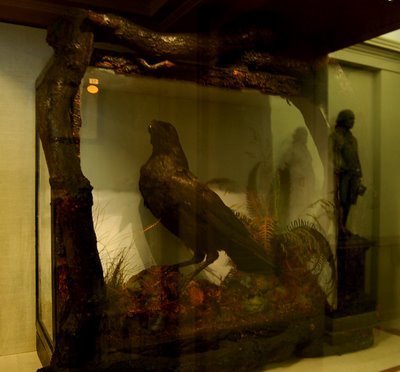
Though Grip passed through a number of hands following Dickens’ death in 1870, he eventually found his way to Philadelphia’s Free Library around a century later, where he can still be seen today, presiding over the Library’s collection of manuscripts, which include works from both Dickens and Poe.
So today, on the day before the anniversary of The Raven‘s publication, we’re tipping our hat to Grip, his noble bearing, and his very odd vocabulary, for helping to inspire one of the most beloved and most memorable poems in American literature. Hallao, Old Girl, indeed.
Check in tomorrow for our celebration of Raven Day, and a bunch of Poe-related literary suggestions!



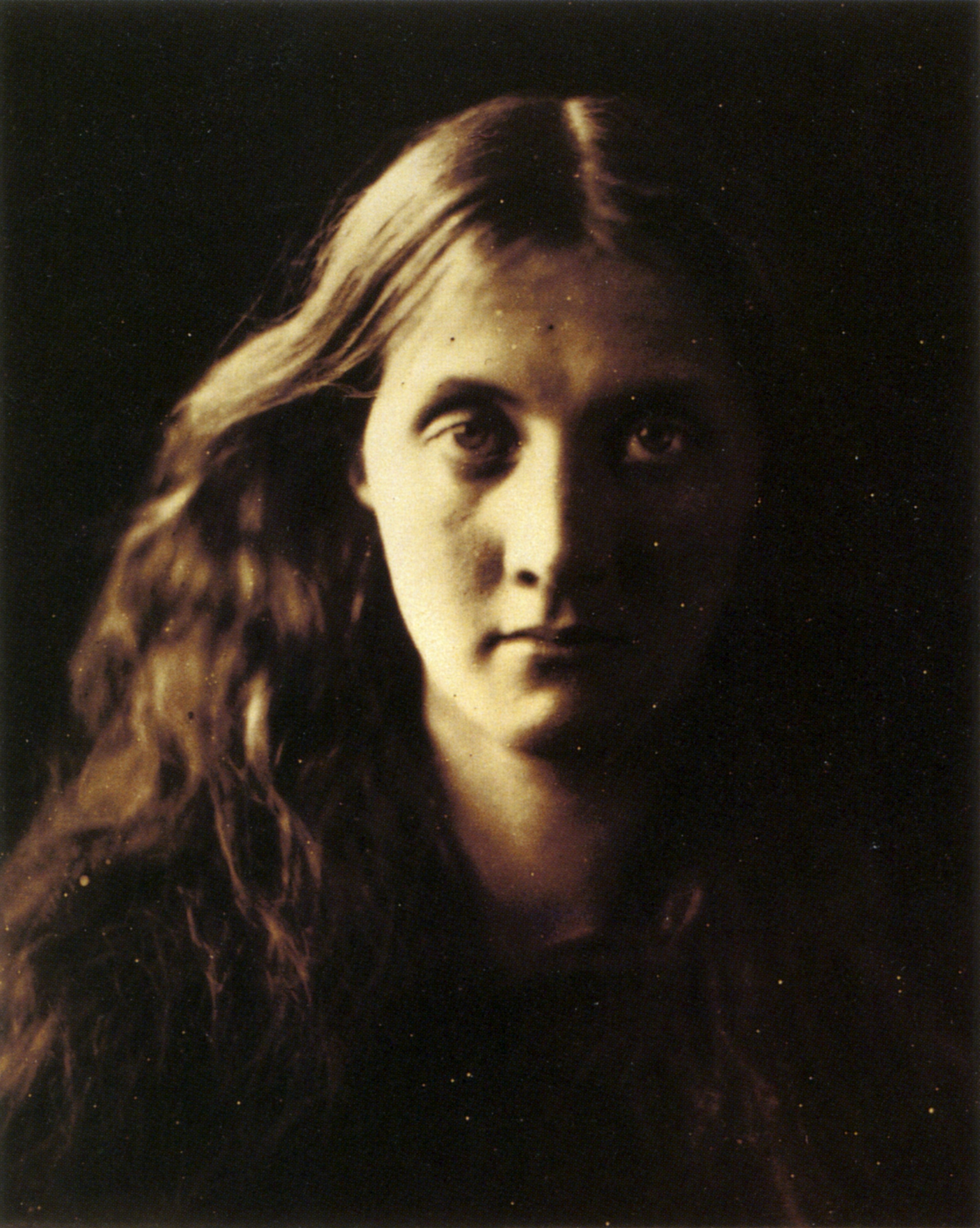
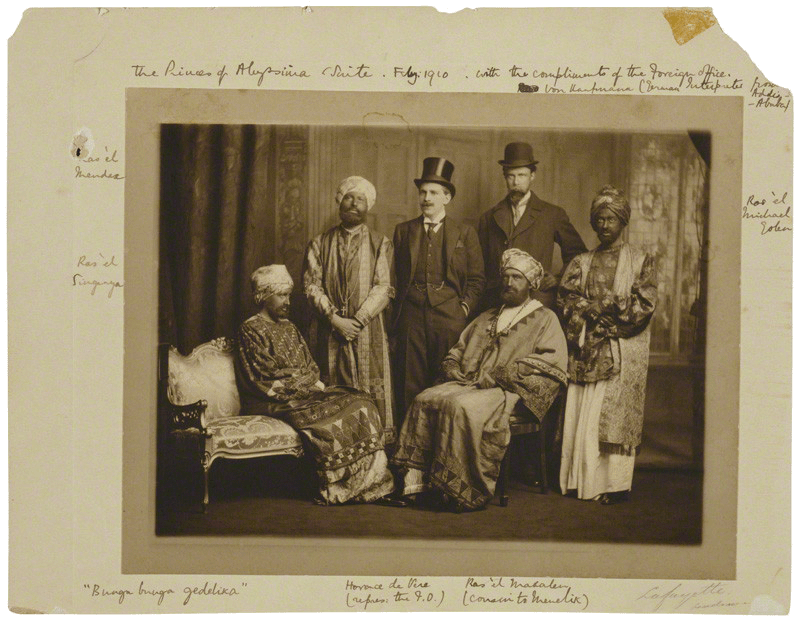
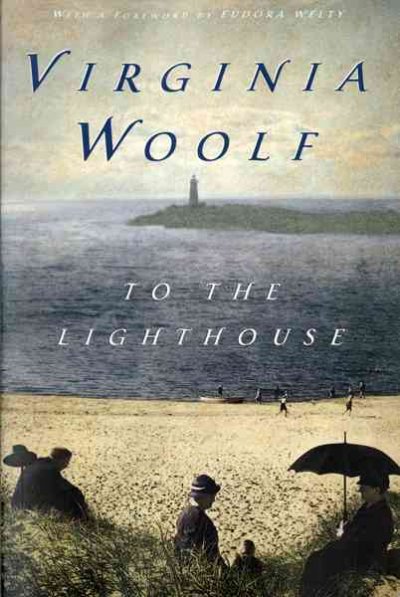
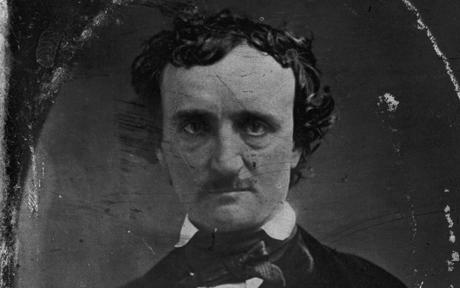
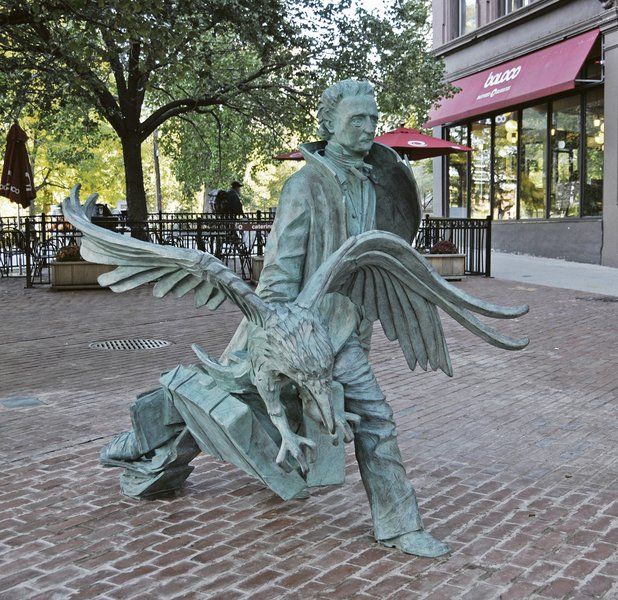

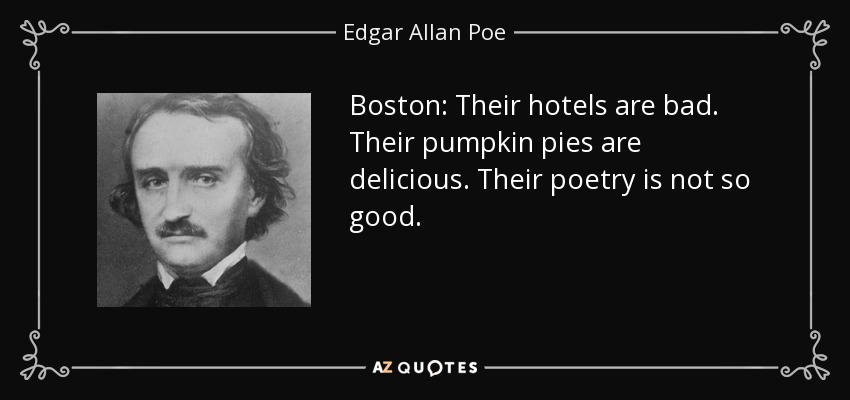
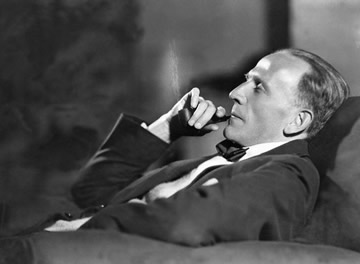
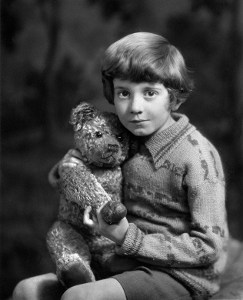
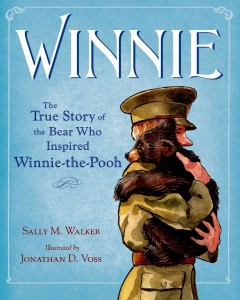
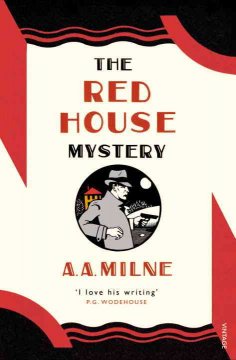
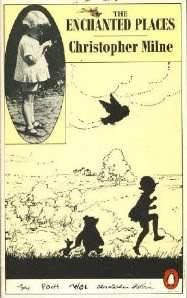
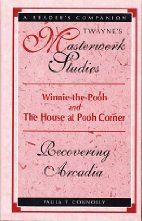
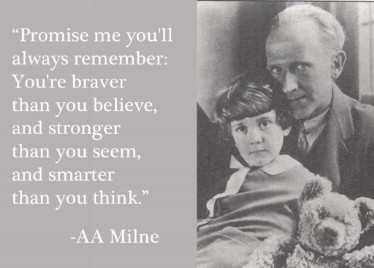

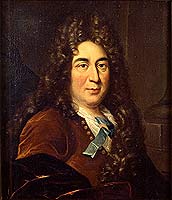



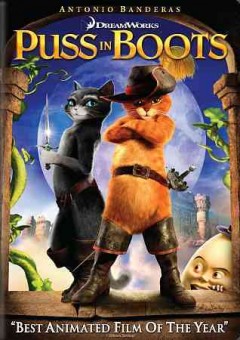
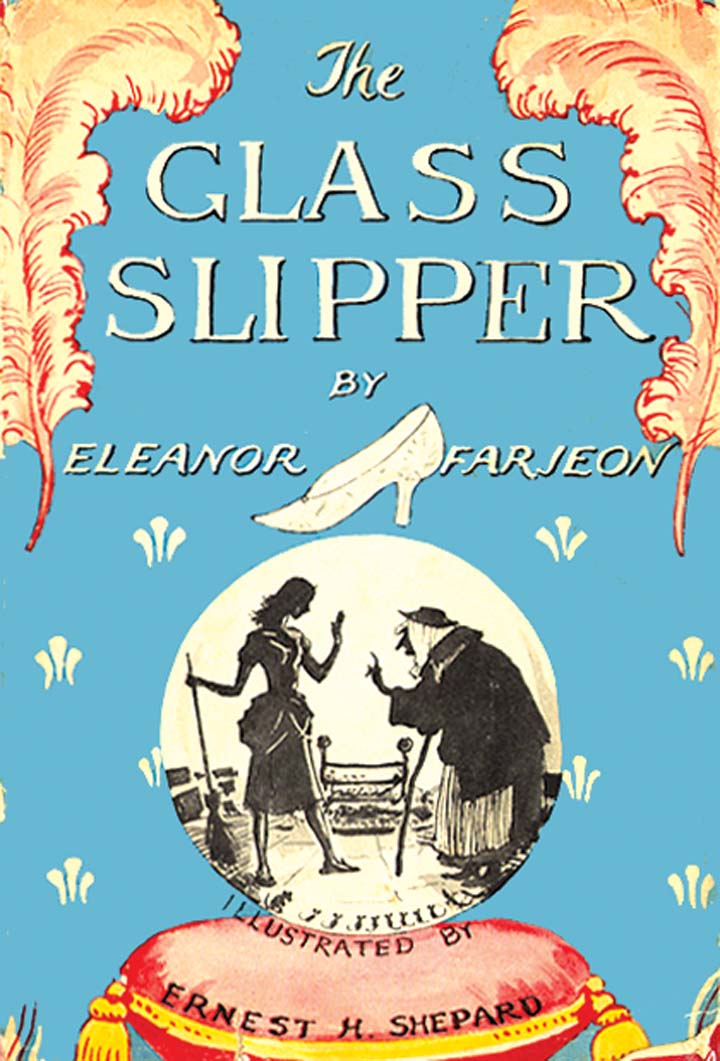
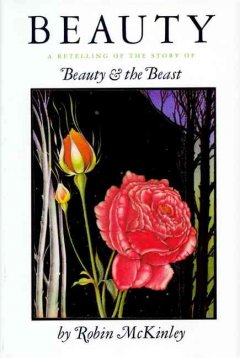
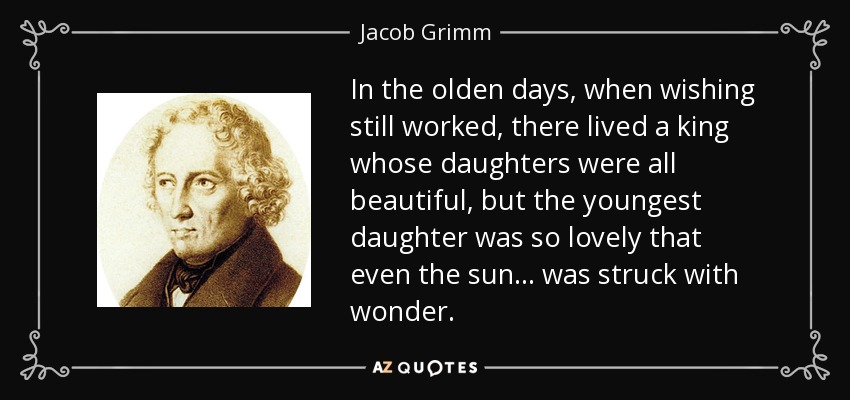
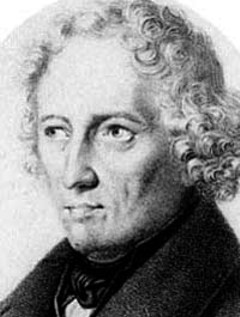 He returned to Germany to be with his family, and, following his mother’s death in 1808, and was he was appointed superintendent of the private library of Jérôme Bonaparte, who had been placed in charge by his brother, Napoleon I. In this position, Jacob was responsible for traveling to Paris to demand the return of books that had been seized by the French Army, which may indeed have set the record for the farthest distance traveled by a librarian to recover overdue books….
He returned to Germany to be with his family, and, following his mother’s death in 1808, and was he was appointed superintendent of the private library of Jérôme Bonaparte, who had been placed in charge by his brother, Napoleon I. In this position, Jacob was responsible for traveling to Paris to demand the return of books that had been seized by the French Army, which may indeed have set the record for the farthest distance traveled by a librarian to recover overdue books….